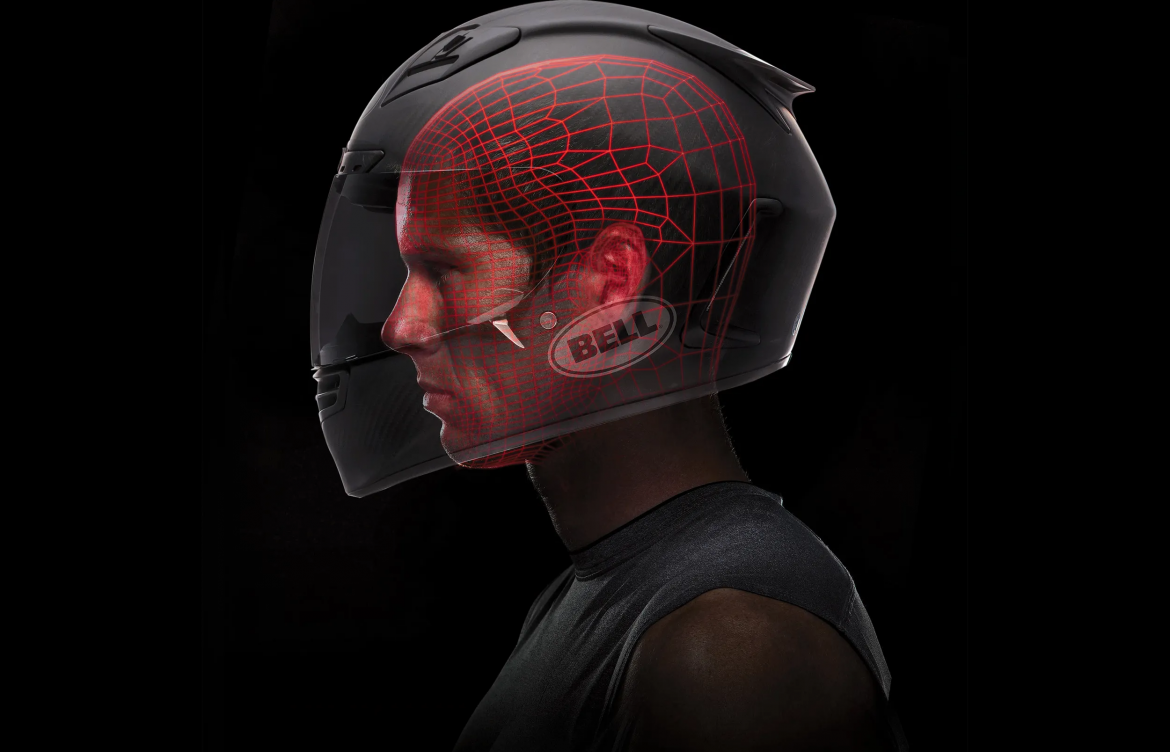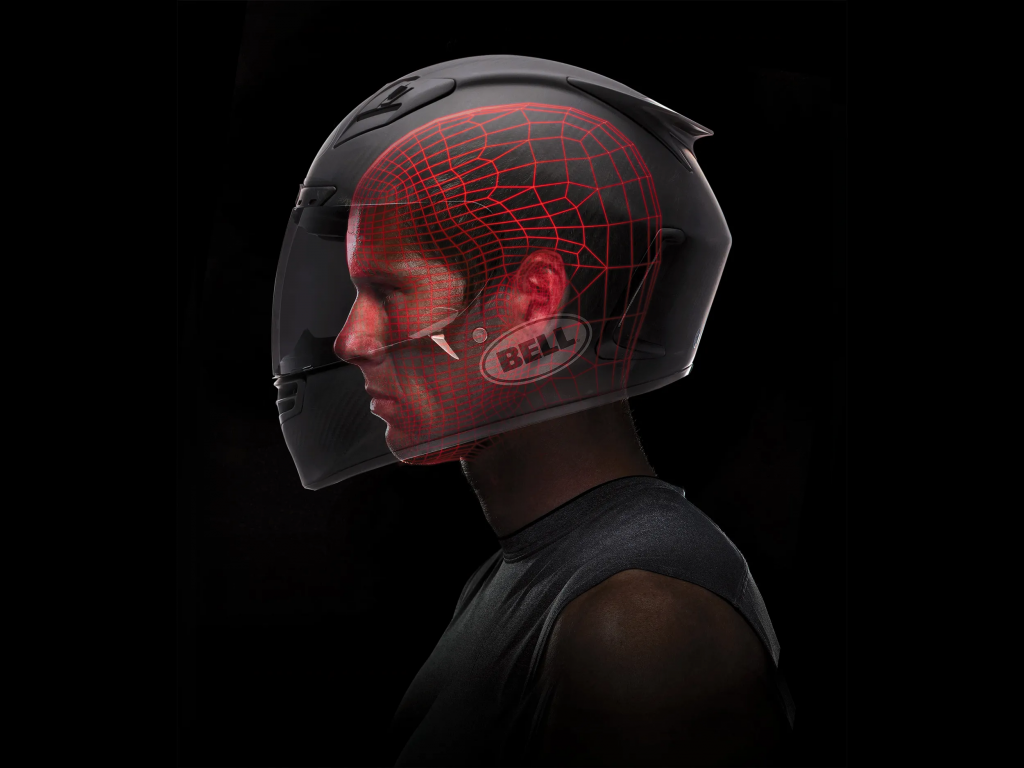
Helmet Guide: Find Your Perfect Fit in 5 Easy Steps
Motorcycle Helmet Guide
1. Understanding Your Head Shape:

Selecting the right helmet begins with recognizing your head shape. Oval, round, or long—each shape requires a specific design for optimal comfort and safety. Oval heads fit snugly, round heads need a broader shell, and long heads benefit from an extended helmet. Identifying your head shape is the initial step toward finding a helmet that seamlessly balances safety and comfort.
2. Accurate Measurements Matter:
Achieving the perfect helmet size starts with precise measurements. Utilize a tape measure to determine your head circumference and length. Measure the widest part of your head above your ears for circumference and from your forehead’s top to your neck base for length. Comparing these measurements to the manufacturer’s sizing chart ensures a pinpoint fit tailored to your unique dimensions.
3. The Try-On Test:

The ultimate test for helmet suitability is the try-on phase. A well-fitting helmet should snugly encase your head without undue tightness. Ensure there’s room for two fingers between your head and the helmet. Shake your head to confirm stability—this step validates not only fit but the crucial element of on-road stability.
4. Attention to the Liner:
The helmet’s liner, the soft material in direct contact with your head, plays a pivotal role in comfort. Confirm its comfort and breathability, ensuring it doesn’t create pressure points or discomfort during wear. The liner significantly contributes to the overall comfort of the helmet.
5. Weight Considerations:
Long rides become arduous with a heavy helmet. Opt for a lightweight option that prioritizes both comfort and safety. This ensures the helmet doesn’t add unnecessary strain during extended periods on the road.
6. Ventilation for Comfort:

Proper ventilation is a game-changer for comfort during rides. Helmets with strategically placed vents in the front, top, and back facilitate airflow, keeping your head cool and comfortable even on warm days.
7. Safety Ratings (DOT or Snell):

Safety is paramount. Ensure your selected helmet boasts a DOT (Department of Transportation) or Snell rating. These organizations rigorously test helmets, providing assurance that your choice meets stringent safety standards.
8. Gradual Helmet Break-In:
Helmets, much like shoes, need time to adapt to your unique shape. Initiate the break-in process by wearing the helmet for short durations initially, gradually increasing the time. This ensures the helmet conforms to your head shape, enhancing comfort over time.
9. Regular Replacement Every Five Years:
Despite appearances, helmets age. Materials can degrade over time, compromising their effectiveness. Even if your helmet shows no signs of wear and tear, replacing it every five years ensures consistent rides with optimal safety.
10. Proper Helmet Care:
Extend the lifespan of your helmet with proper care. Store it in a cool, dry place, shielded from extreme temperatures. Regularly clean it with a mild soap and water solution to ensure it remains in top condition, ready to provide reliable protection.
By meticulously following these steps, you’ll not only find a helmet that fits well but also prioritize safety and comfort for your journeys on the road.
Conclusion: Choosing Safety, Ensuring Comfort
In conclusion, selecting the right helmet is not just about style; it’s a crucial decision that impacts your safety and comfort on the road. From understanding your head shape to regular maintenance, each step contributes to a comprehensive guide for making an informed choice. Prioritize safety, invest in comfort, and enjoy your rides with confidence.
Check out this video by Fortnine about helmets.
FAQs (Frequently Asked Questions):
Q1: How often should I replace my helmet?
A: It’s recommended to replace your helmet every five years, regardless of its visible condition.
Q2: Can I use a helmet that’s slightly tight?
A: A snug fit is essential, but avoid excessively tight helmets, as they can lead to discomfort and reduced safety.
Q3: Are lightweight helmets less safe?
A: No, many lightweight helmets meet or exceed safety standards, providing both comfort and protection.
Q4: Can I clean my helmet with regular soap?
A: Yes, a mild soap and water solution is suitable for cleaning helmet liners. Avoid harsh chemicals.
Q5: Do all helmets have proper ventilation?
A: Not necessarily. It’s crucial to choose a helmet with strategically placed vents for optimal comfort during rides.